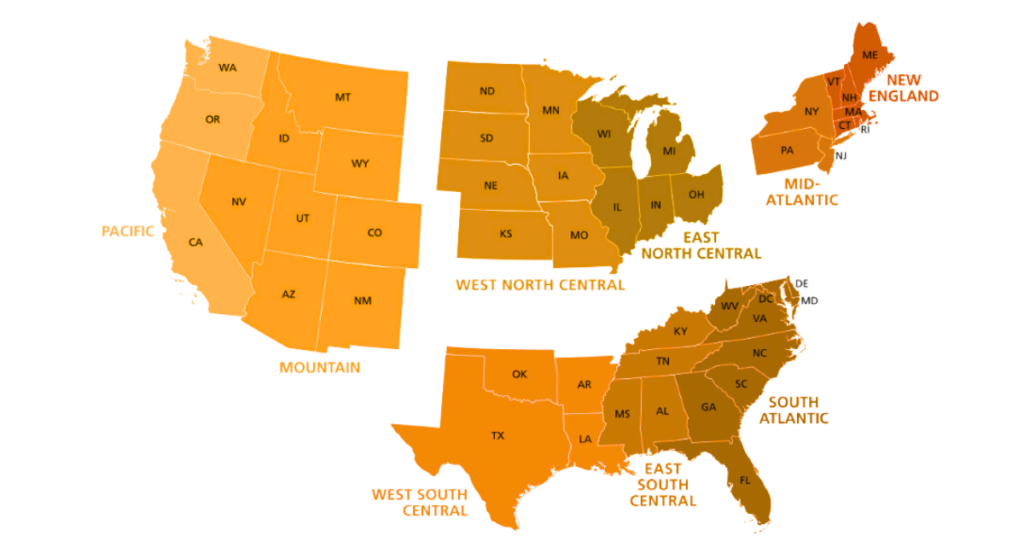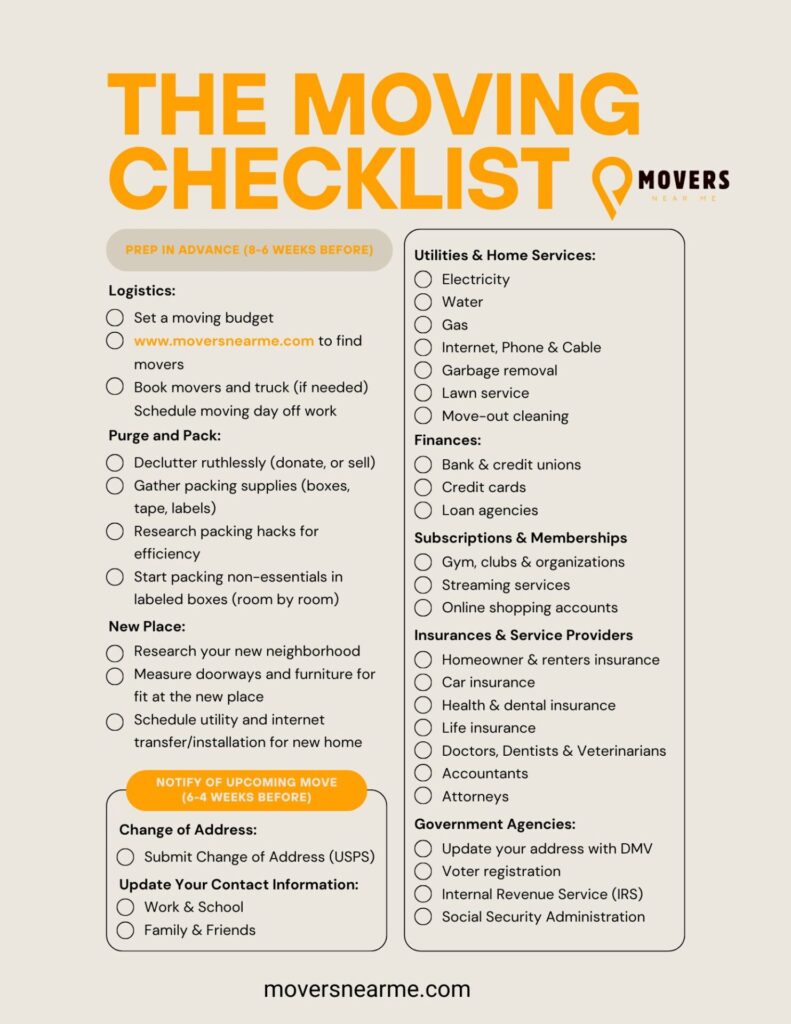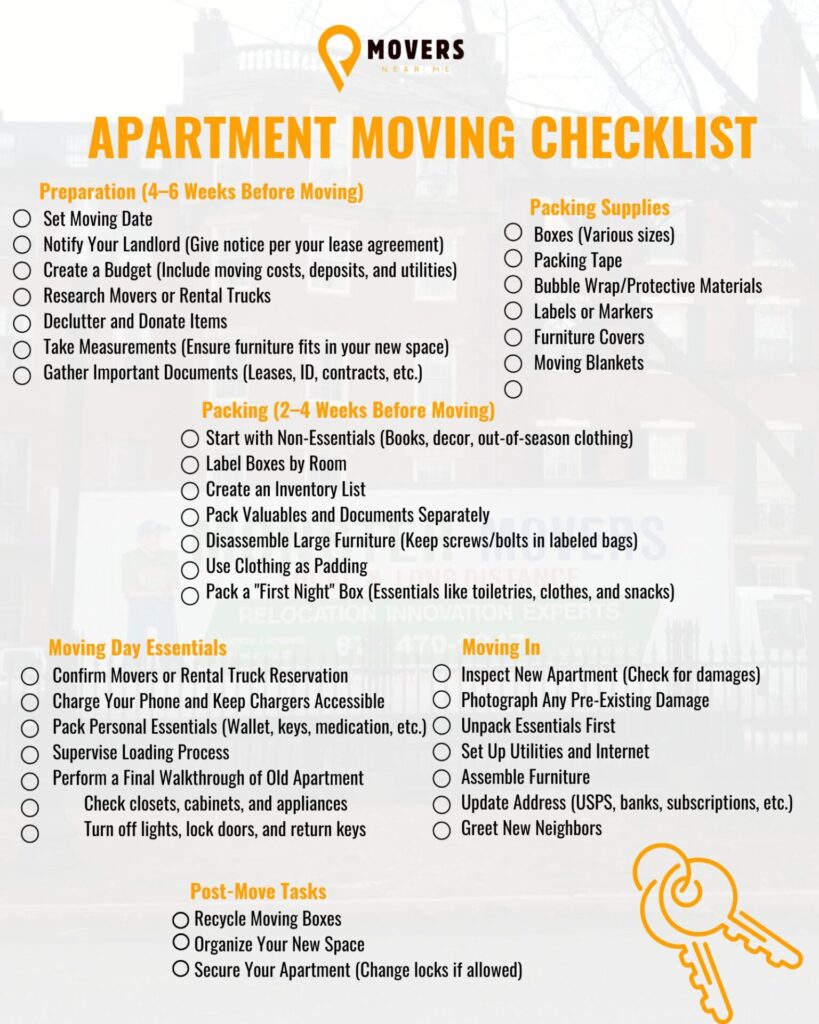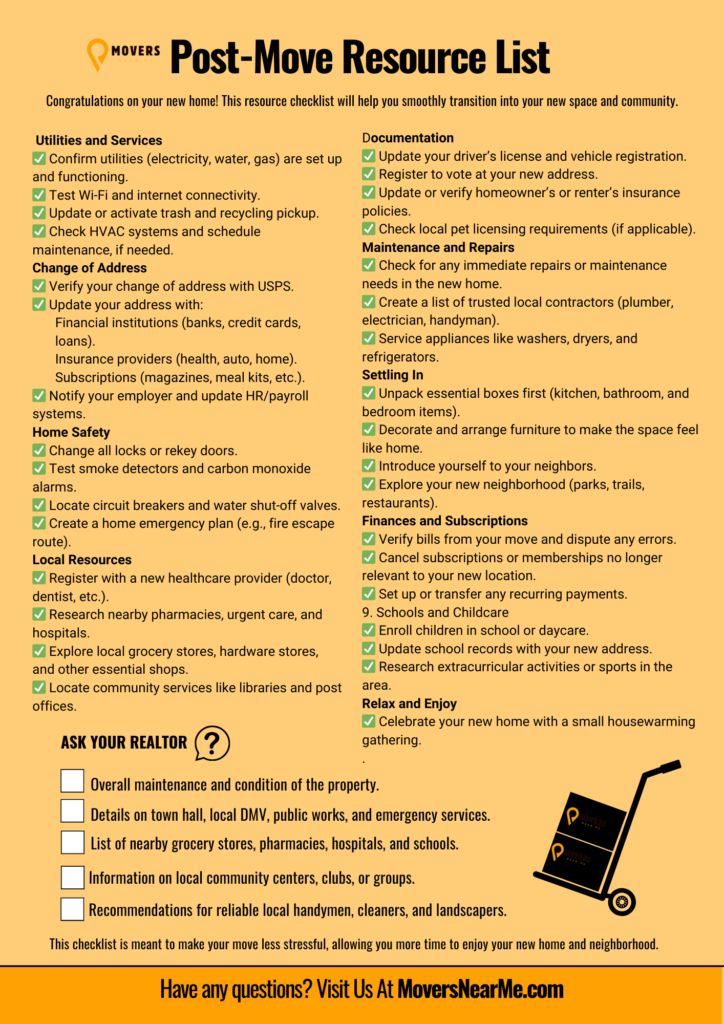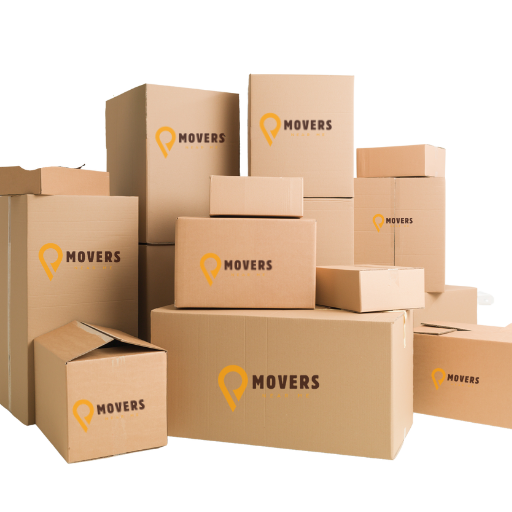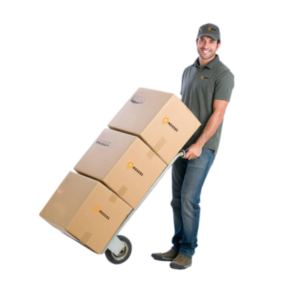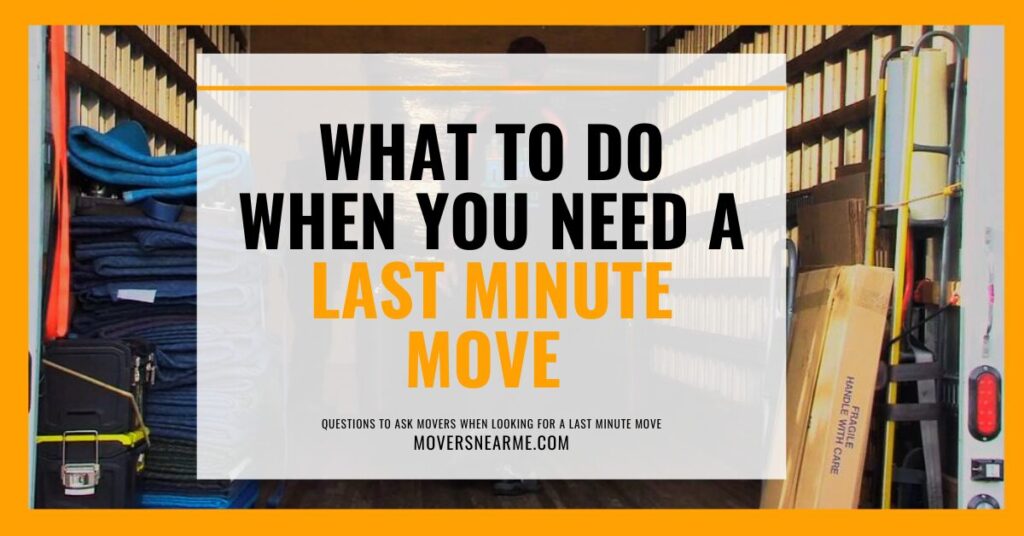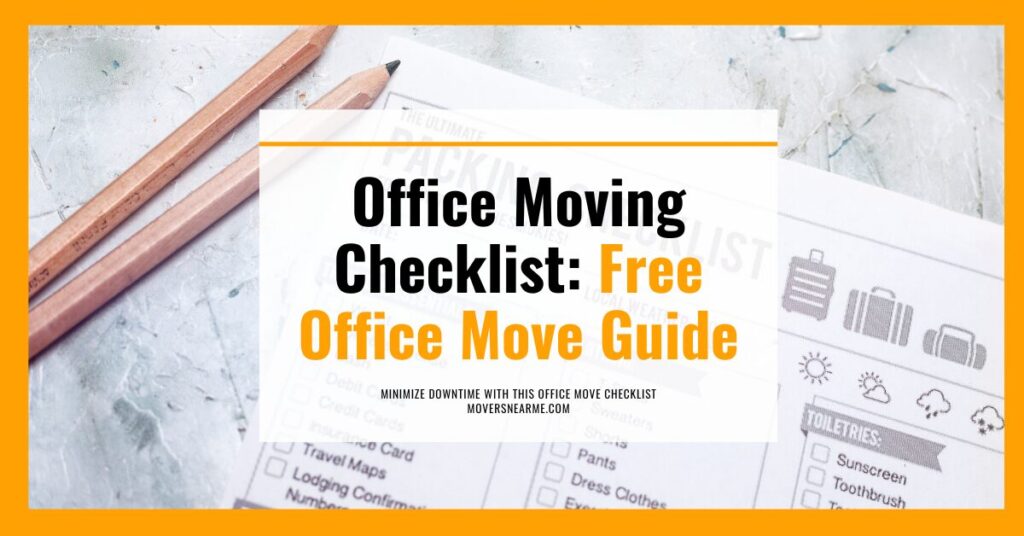After experiencing water or fire damage, conducting a thorough and organized packout of your belongings is essential for effective restoration and to prevent further damage. Making sure you are working with trusted contents packout services that have experience in handling a water or fire loss is key.
- Where Do Most Packouts Occur?
- What Is A Contents Packout?
- Contents Packout Process
- What To Expect: Contents Packout
Where Do Most Packouts Occur?
Packouts due to fire and water losses are most common in densely populated metropolitan areas and regions prone to natural disasters. Cities like Boston, New York City, Los Angeles, Houston, and Miami see high volumes of packouts due to aging infrastructure, severe weather events, and high-rise building incidents. Coastal cities, including those in Florida and the Carolinas, frequently experience hurricane-related flooding, while areas in California deal with wildfire damage. Additionally, cities with extreme winter conditions, such as Chicago and Minneapolis, often face pipe bursts leading to significant water damage. Understanding where packouts occur most frequently helps insurers and restoration professionals better serve their clients in times of crisis.
What Is A Contents Packout?
A contents packout is the process of carefully packing, inventorying, and moving a client’s belongings from a damaged property to a secure location for cleaning, restoration, and storage. After a fire, water loss, or other disaster, professional moving services and restoration specialists assess salvageable items, document them for insurance purposes, and transport them to a climate-controlled facility. Once the home is repaired, the restored belongings are returned and placed back in their original locations. A packout company ensures that valuables are protected from further damage while homeowners focus on rebuilding and recovery.
Contents Packout Process
Below is a detailed packout checklist to guide you through the process:
What To Expect: Contents Packout
1. Initial Assessment and Planning
- Conduct a Safety Assessment
- Ensure the property is safe to enter, checking for structural damage, electrical hazards, and other safety concerns.
- Develop a Packout Strategy
- Analyze the layout of the property to determine the optimal sequence for content removal, considering the size, weight, and fragility of items.
2. Documentation and Inventory
- Photograph and Video Record
- Capture detailed images and videos of each room and item from multiple angles to document their pre-packout condition. Download our high value inventory form and use it for items that are over $100/pound.
- Create a Detailed Inventory List
- List all items being removed, including descriptions, conditions, and any pre-existing damage.
3. Communication with Stakeholders
- Inform Your Insurance Company
- Notify your insurer about the damage and the planned packout process.
- Discuss Valuable and Sensitive Items
- Identify items like jewelry, important documents, and personal valuables; decide whether to keep them in your possession or have them packed out.
4. Packing and Removal
- Gather Necessary Packing Materials
- Ensure you have appropriate boxes, bubble wrap, packing paper, and other materials to protect items during transport.
- Label Boxes Clearly
- Indicate the contents, original location, and any handling instructions on each box.
- Handle Fragile and Large Items with Care
- Use proper techniques and equipment to move delicate or bulky items to prevent damage.
5. Cleaning and Restoration
- Perform In-Place Cleaning for Certain Items
- Clean items on-site when transporting them could cause further damage, especially fragile or oversized items.
- Transport Items to a Restoration Facility
- Move items requiring specialized cleaning to a facility equipped for restoration.
6. Storage
- Store Items in a Climate-Controlled Environment
- Ensure that packed-out items are kept in a secure, climate-controlled facility to prevent further deterioration.
7. Final Steps
- Maintain Detailed Records
- Keep all documentation, including inventory lists, photographs, and communication records, organized for insurance claims and future reference.
- Plan for Re-Delivery
- Coordinate with restoration professionals to schedule the return of items once the property is restored.
Moving During A Water Or Fire Loss
Step 1: The Packing & Inventory Process
After a fire or water loss, professional packout specialists will arrive to assess your belongings and prepare them for storage and restoration. Here’s what you can expect:
- Professional Assessment & Sorting
- Trained specialists will evaluate your items to determine what can be salvaged.
- Items with severe damage may be flagged for disposal or special restoration.
- Inventory & Documentation
- Every item will be documented in an inventory system.
- Expect detailed descriptions, condition reports, and photos for insurance purposes.
- Labeling for Organization
- Each box will be labeled with details such as room of origin and special handling instructions.
- Protective Packing Methods
- Furniture: Wrapped in moving blankets and shrink-wrapped.
- Electronics: Placed in anti-static bags and cushioned boxes.
- Clothing & Fabrics: Packed in breathable containers to prevent mold.
- Glassware & Fragile Items: Individually wrapped in padding for safety.
Step 2: Moving Into Secure Storage
Once packed, your belongings will be moved to a secure facility until your home is restored. Here’s what happens next:
- Transportation with Professional Care
- Items are loaded into moving trucks with proper securing techniques to prevent damage.
- Climate-Controlled Storage
- Stored in a temperature- and humidity-controlled facility to prevent deterioration.
- Access to Stored Items
- If you need urgent access to certain items, arrangements can be made.
Step 3: Cleaning & Restoration of Belongings
While in storage, many of your items will undergo professional cleaning and restoration.
- Textile Cleaning & Deodorization
- Clothing, curtains, and upholstery will be cleaned to remove smoke or water damage.
- Electronics Restoration
- Specialized treatments will remove soot, moisture, and contaminants.
- Hard Surface Sanitization
- Items such as furniture and kitchenware will be cleaned and disinfected.
- Final Damage Assessment
- Some items may need to be discarded if they cannot be safely restored.
Step 4: Moving Back Into Your Home
Once your home is repaired and safe, your belongings will be returned.
- Scheduling the Move-Back
- A professional moving team will coordinate a delivery date with you.
- Inventory Check Before Loading
- Each item will be checked against the original inventory list.
- Unpacking & Placement
- Movers will place furniture and boxes in their designated rooms.
- Large items will be unwrapped and reassembled.
- Final Walkthrough & Sign-Off
- Ensure all items are accounted for and in expected condition.
- Report any missing or damaged items immediately.
Packout Services Near Me
By following this comprehensive checklist, you can ensure a systematic and efficient packout process, facilitating a smoother restoration journey.
When it comes to moving, packouts, and disaster recovery, MoversNearMe.com is your trusted resource for expert guidance, top-rated services, and essential tips. Whether your clients need professional packout assistance after a fire or water loss or are looking for the best moving companies in their area, we provide transparent, vetted solutions to make the process seamless. From inventory management to secure storage and final move-in, we connect you with experienced professionals who handle belongings with care. With our industry expertise and commitment to quality, MoversNearMe.com ensures that every move—planned or unexpected—is handled with precision and reliability.


